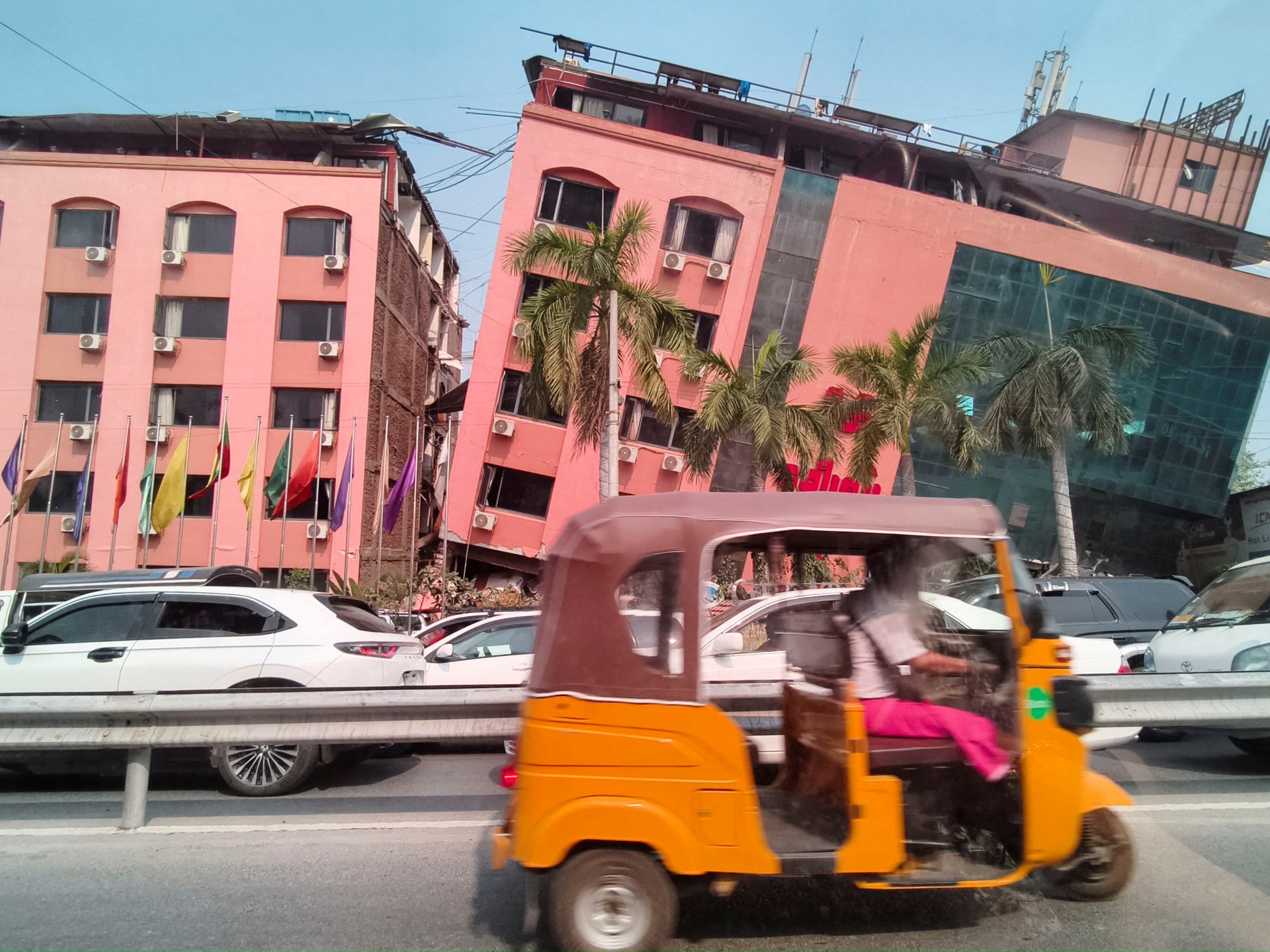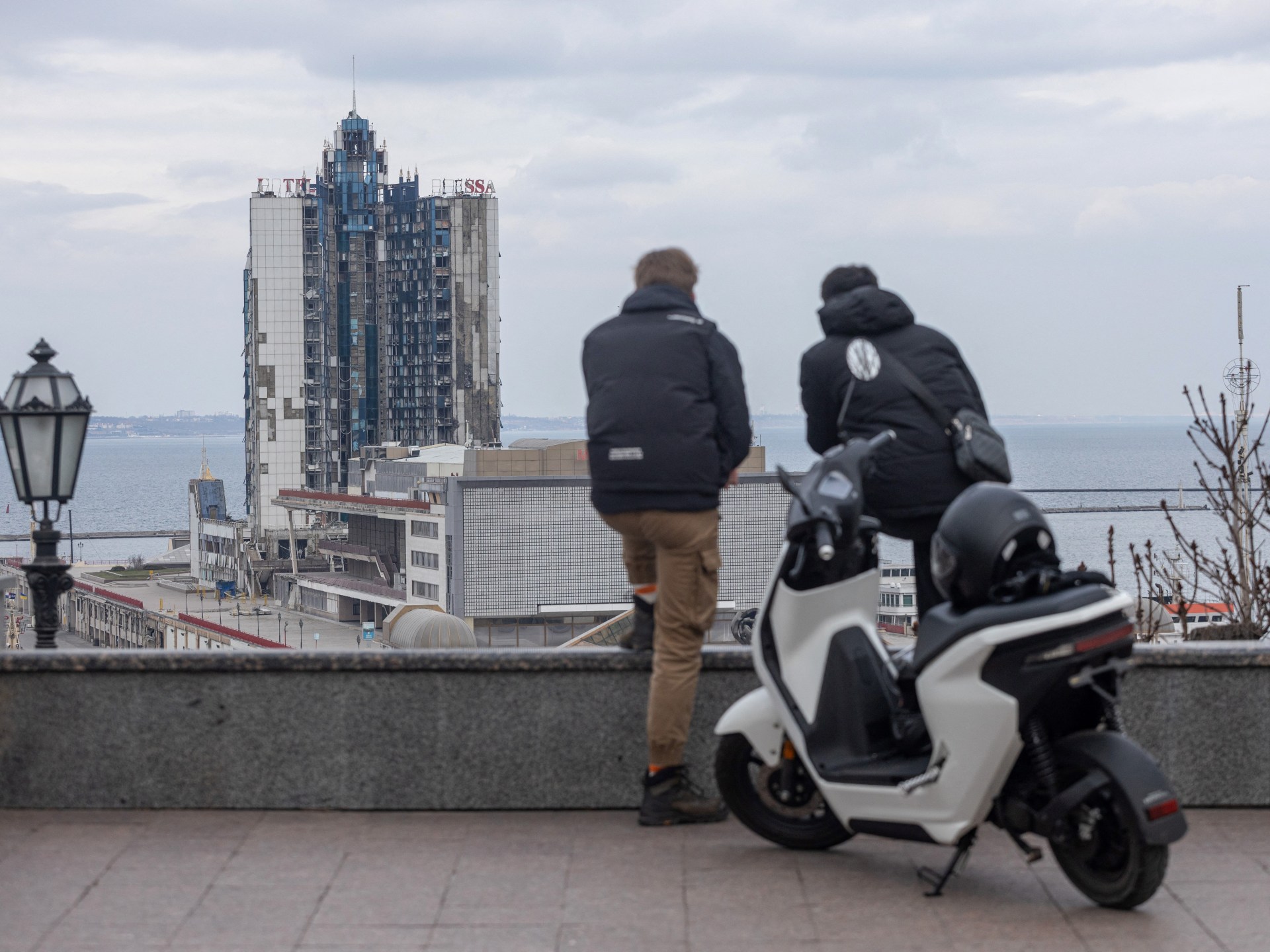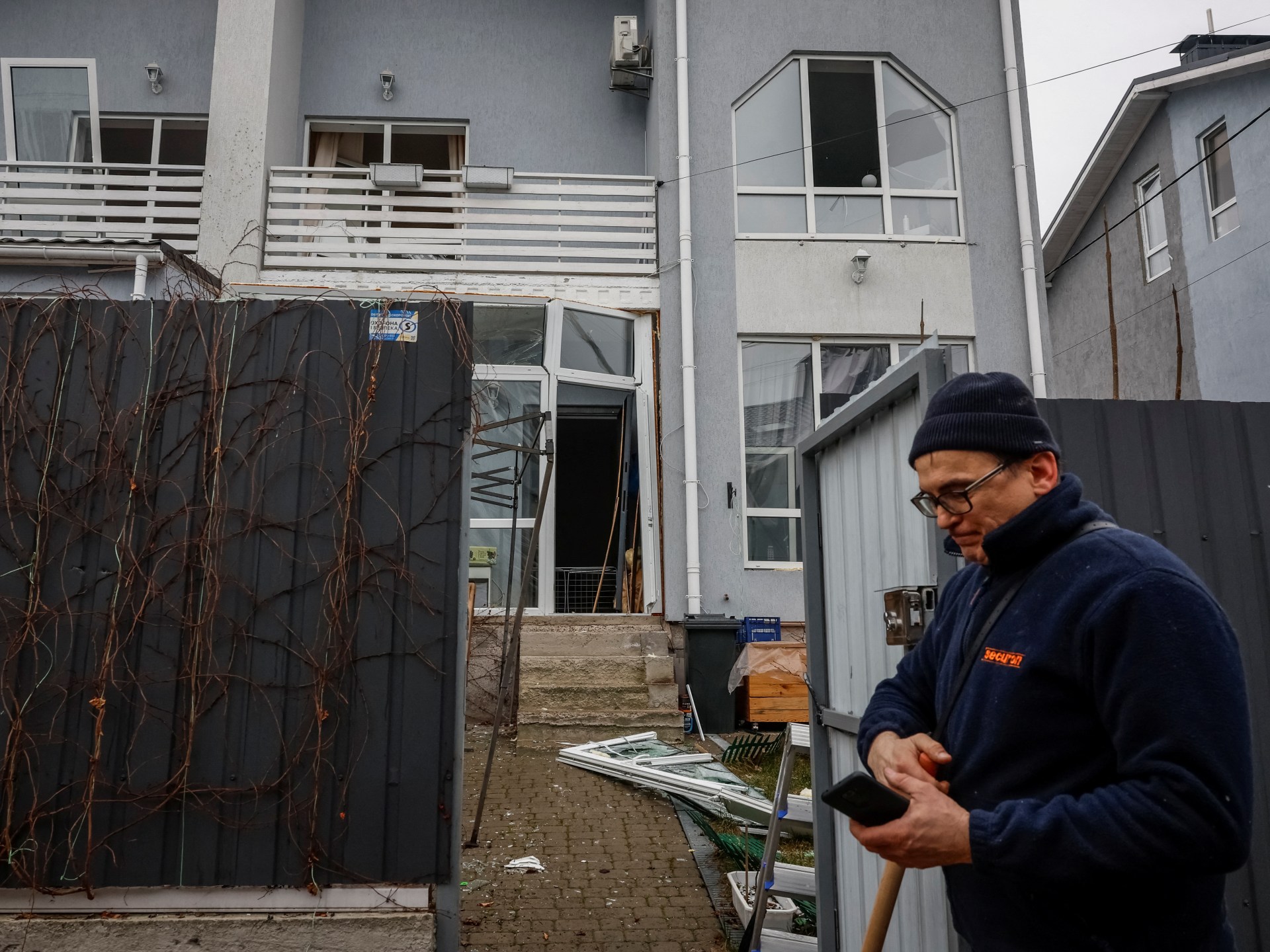

Hundreds of Muslim worshippers are feared to be among the more than 1,600 people who died in a powerful earthquake which struck central Myanmar when they had gathered at mosques for prayers during Ramadan.
According to the shadow National Unity Government, more than 50 mosques across the country also sustained damage when the magnitude 7.7 earthquake struck on Friday.
Htet Min Oo was performing ritual ablutions before Ramadan prayers at a mosque next to his house in Mandalay.
His home collapsed along with part of the mosque, trapping half his body with the rubble of a wall that buried two of his aunts. Residents raced to pull them out, he said, but only one survived.
The 25-year-old told the Reuters news agency, that his two uncles and his grandmother were also trapped under piles of concrete. With no heavy equipment available, he tried desperately to clear the rubble with his hands but could not shift it.
“I don’t know if they are still alive under the debris. After so long, I don’t think there’s any hope,” he said on Friday.
Advertisement
“There’s too much rubble and no rescue teams have come for us,” he added, his voice shaking as he broke into tears.
A 39-year-old resident of the Mandalay region described harrowing scenes as he tried to save a man trapped under the debris of a collapsed mosque in Sule Kone village but had to flee because of strong aftershocks.
“I had to leave him behind … I went in a second time to try to save him,” he told Reuters, declining to be identified. “I retrieved four people with my own hands. But unfortunately, three were already dead, and one died in my arms.”
The resident said 10 people had been killed there, and they were among 23 who died at three mosques that were destroyed in the village. Government restrictions had prevented them from being upgraded, he said.

Muslims are a minority in predominantly Buddhist Myanmar and have been repressed and marginalised by successive governments, while ultranationalist groups have in recent years incited violence.
The Rohingya, a large Muslim minority, have been among the most persecuted groups by the Myanmar authorities, suffering mass deaths and expulsion.
Myanmar authorities have for decades also made it difficult for Muslims to obtain permission to repair or build mosques, according to a 2017 report by the US Department of State, which said historic mosques have deteriorated because routine maintenance was denied.
One man, Julian Kyle, appealed on social media for heavy equipment to lift concrete pillars after the quake destroyed another Mandalay mosque.
Advertisement
“Underneath the rubble, my family members and others were crushed and lost their lives,” he posted. “We desperately want to recover their bodies.”
A resident from the town of Taungnoo, about 370km (230 miles) away, said he was praying when one side of the Kandaw mosque caved in on two rows of men seated before him.
“I saw so many people carried out from the mosque, some of them died right before my eyes,” he said. “It was truly heartbreaking.”
Citing a local newspaper, Al Jazeera’s Sanad agency said that the collapse of mosques on Friday also increased fears of more buildings falling, especially older ones that are more than 150 years old and have not received the necessary permits for renewal, according to government regulations.
Buddhist buildings were also badly hit by the earthquake, with 670 monasteries and 290 pagodas damaged, according to the military government. It did not mention any mosques in its damage report.
So far, the quake has also destroyed other buildings, bridges and roads across swaths of Myanmar.
But many believe the true scale of the disaster has yet to emerge due to patchy communications in remote areas.
Harry Roberts, a Bangkok-based volunteer, said the situation in Myanmar was likely to be “very complex” and “really serious” considering the government’s rare appeal for international help.
“That request must trickle down to immigration and customs, so nongovernmental organisations like ourselves can get the immediate aid in there,” Roberts said.
Advertisement
“At this stage, it’s largely about gathering information and assessing the accessibility into the country.”
Related News

Russia and Ukraine agree to halt Black Sea strikes, US says

Bosnian Serb leader Dodik rejects prosecutor summons over separatist laws

‘No betrayal’: Ukraine breathes sigh of relief after Trump-Putin talks


